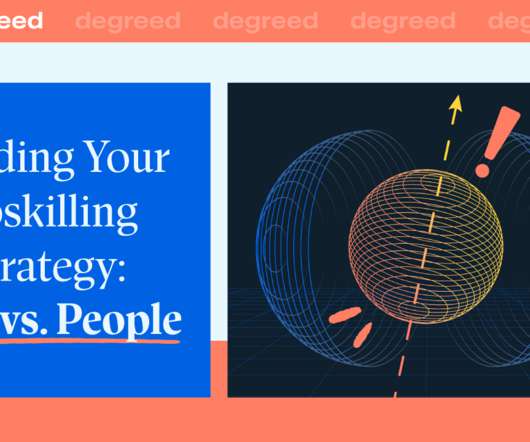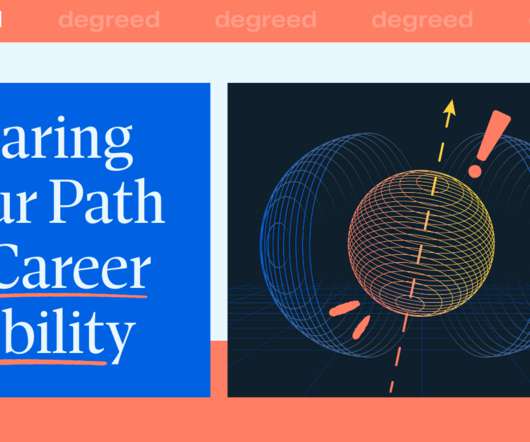Data & Training, Learning, Folksonomy, Scenario Learning, Outsourcing, & Rapid eLearning
Big Dog, Little Dog
OCTOBER 12, 2009
Folksonomy folktales - KM World. The Dewey Decimal System is not a good example of a taxonomy. Folksonomies are the exact opposite of the wisdom of crowds. "In fact we find the structure of the brain is ripe for change. Hierarchies are not rigid, conservative and centralized. Scenario Based Learning - Speak Out.


























Let's personalize your content